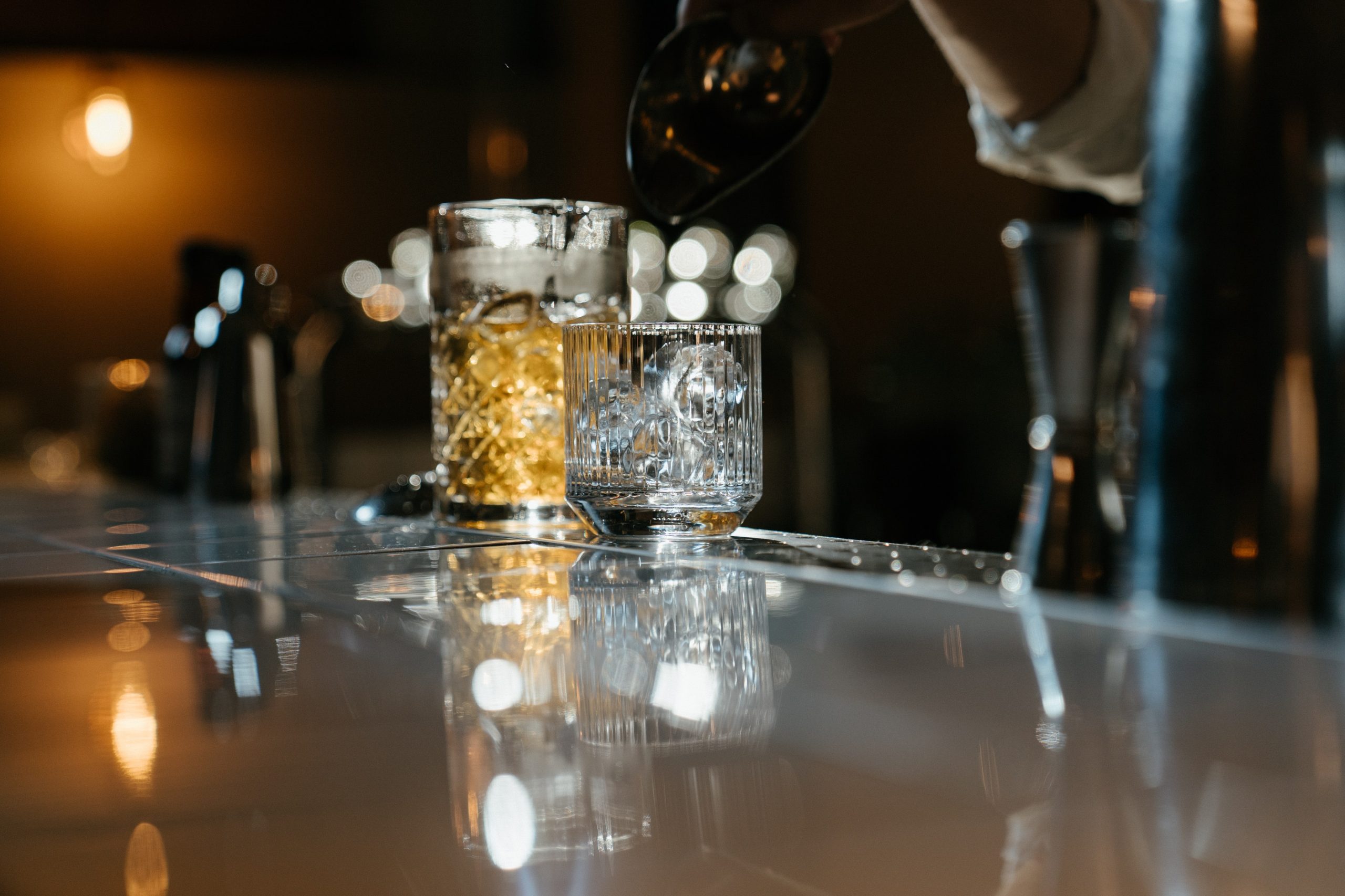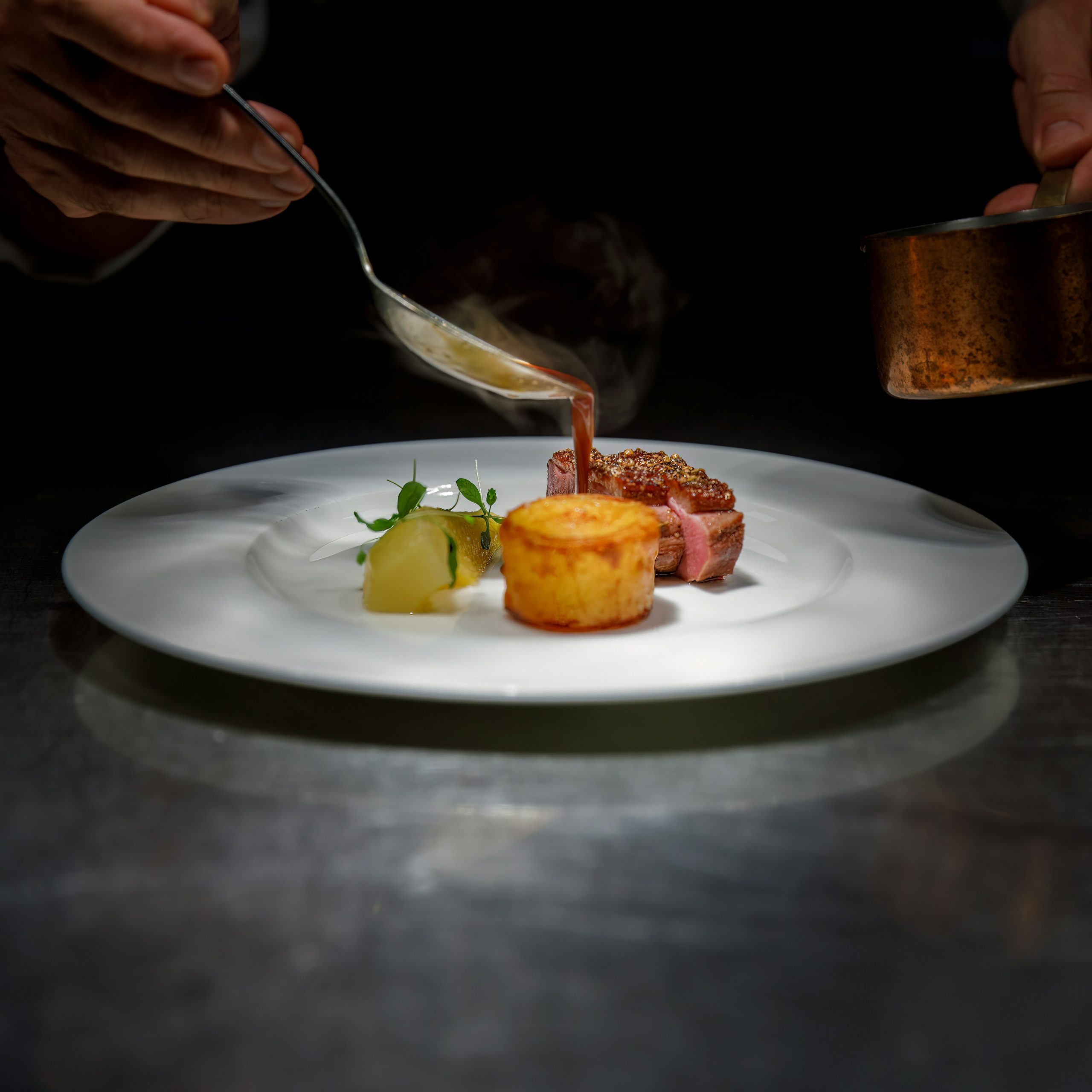
Why the beverage industry continues to experience sustained growth and the key industry trends
The beverage industry, particularly the alcoholic beverages market, is maintaining steady growth, fueled by a range of factors influencing consumer preferences and emerging trends. In this context, I am pleased to examine why the beverage industry continues to thrive, taking into consideration some of the trends shaping the sector.
The market for alcoholic beverages is astonishing in its magnitude. According to Statista data, revenues in the alcoholic beverages market reached an impressive figure of $1,609.00 billion in 2023, and it is projected to experience annual growth of 5.42% until 2027. An interesting highlight from the report is that the largest market segment is that of beer, representing a market volume of $610.00 billion in 2023.
Consumer preferences play a pivotal role in this growth. According to data presented in the report, the demand for unique and premium alcoholic beverages is consistently rising globally, with consumers willing to invest more in high-quality products that offer distinctive flavors and experiences.
This has led to an increase in the demand for craft beers and artisanal spirits, as well as limited-production wines, demonstrating that consumer palates’ sophistication has also boosted the popularity of premium alcoholic beverages. According to the Distilled Spirits Council of the United States, in 2021, 21.7 million cases of 9-liter premium whiskey and 21.1 million cases of 9-liter premium vodka were consumed. Furthermore, super-premium whiskey and vodka experienced annual growth rates of 14.1% and 13.9%, respectively.
There is no doubt that the increasing popularity of these options is driving innovation in the industry, with the introduction of new varieties and flavors to cater to diverse consumer preferences.
In this context, two key trends are shaping the industry landscape:
- a) The rise of e-commerce: digital platforms have simplified the exploration and purchase of a wide range of alcoholic beverages from the comfort of one’s home, opening up new distribution channels for both established brands and smaller-scale producers, allowing them to reach a wider audience.
- b) Focus on sustainability and environmental responsibility: Due to the growth in consumer environmental awareness, there is a growing search for brands that prioritize sustainability. This has led to an increased demand for organic and biodynamic wines, as well as eco-friendly packaging solutions.
In summary, the beverage industry, both alcoholic and non-alcoholic, continues to thrive due to the interplay between evolving consumer preferences and companies’ responses to these demands. The consistent market growth is driven by the pursuit of unique, high-quality products, the surge of e-commerce, and the growing awareness of sustainability. Brands that can capture these trends are well-positioned to stand out in an ever-evolving sector.
Undoubtedly, the key to success in this industry lies in adaptability, innovation, and attention to the changing needs of consumers.



